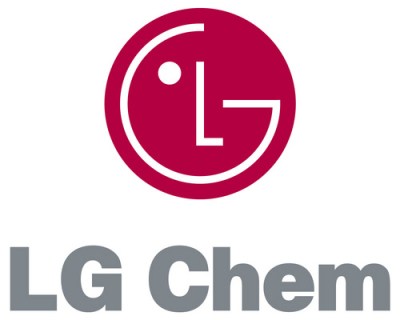
LG Chem Ltd., South Korea’s biggest chemicals maker, will spend $303 million over three years to build a battery plant in Holland, Mich. The plant is to be completed by the end of June 2013 after construction begins next July, the Seoul-based company said Tuesday in a regulatory filing.
Michigan may attract at least seven makers of battery cells for electric cars in the next several years, Greg Main, head of the Michigan Economic Development Corp., told Bloomberg News this month. Four manufacturers are already part of a US$1.36-billion federal program to help set up new plants in the state, and companies from Texas and Germany and a German-South Korean alliance may also locate in Michigan, the state agency said.
The four battery projects were approved for tax credits in April by the Michigan Economic Growth Authority and expect to create more than 6,600 jobs at facilities in Livonia, Holland, Midland and other undetermined locations.
LG Chem’s subsidiary Compact Power has provided batteries to General Motors. LG Chem said full-year sales may reach a record this year after reporting 83% growth in third-quarter net income. Operating profit, or sales minus costs, at the electronics division, which makes batteries, more than doubled.
“Michigan will be the place where the electric vehicle, and the batteries that power that vehicle, will be researched, developed, manufactured and assembled,” Gov. Jennifer Granholm told a news conference in April. The state is adding $400 million to regular MEGA credits to supersize incentives for the companies.


